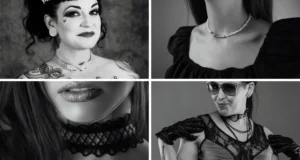Curious about the concealed colors at your church? Veils worn by faithful women hold special symbolism beyond fashion. From luminous white to somber black, unlock mysteries in hues you see.
Did you know black represents mourning or penance while white shows purity? Blue ties one to Mary as a protector. Other shades spotlight liturgical seasons – purple for Advent reflection or green sprouting hope in Ordinary Time. Even vibrant reds allude to sacrificial love.
However, the true fascination lies in unraveling personal interpretations. One woman may see pink as gentleness, although another finds empowerment in silver. Gold transports some straight to heaven in thoughts of God, while brown earths others in nature’s simplicity.
Whatever bright or dull veil captures your eye, pause to appreciate the diverse meanings within. Individual stories emerge when closely regarding choices made to immerse in mass. Symbols uplift distinct prayers and lift perspectives beyond what meets the gaze.
So next, you witness these feminine touches feel enriched, discovering deeper levels of faith concealed yet revealed through colorful religious veils.
Meanings of most common colors used for catholic veil for mass
Meaning of the white color veil
White traditionally represents purity, which is why many see wearing a white veil as symbolizing their commitment to purity and innocence before God. It can also represent respect for the Virgin Mary and the Catholic faith. After all, Mary is often portrayed wearing a blue or white dress.
The white veil is meant to remind the woman wearing it and others of the sanctity and solemnity of the Mass. It helps her stay focused on prayer and worship during the service. Some women choose white to cover their hair and shoulders out of humility and modesty in the house of God.
Doesn’t the symbolism of white make you appreciate more what the women are expressing through their veil? Whether it honors Mary, represents purity, or shows respect, the color white plays an important role. Next time you see a woman with a white veil in church, you’ll understand its meaning more deeply.
The various interpretations only make the white veil more fascinating. What meaning does it have for you? Does learning these reasons spark your interest in its symbolism?

Meaning of the black color veil
Noticed a black veil at church and wondered about its significance? This somber hue holds deep symbolism in the faith.
Black represents solemnity and respect. It reminds us God’s presence deserves our utmost reverence, especially during holy mass. A black veil helps the wearer maintain an attitude of prayerfulness and humility before the Eucharist.
Some women choose it to honor deceased loved ones, too. In mourning, the color fits naturally. But it also shows compassion by standing in solidarity with those in grief. A simple black veil uplifts others through quiet remembrance.
Given black’s tie to penance, it can spark self-reflection, too. Each time it’s worn, it acts as an inside reminder to constantly improve our ways. Dark colors sometimes illuminate light within by what they try to conceal.
Perhaps the most perplexing meaning connects black to Mary. Though delicate in blue, she faced immense trials with steadfast courage. Her persevering example sustains countless souls. What profound symbolism within a single veil!
Whether focused on reverence, mourning, or Mary’s strength, a black veil humbly leads one’s heart in prayer. Though sometimes puzzling at first, its depth never ceases to amaze. Give its special symbol a thoughtful appreciation next time you encounter it.
Meaning of the purple color veil
The color purple can be quite perplexing. As you know, purple veils may be worn during Advent and Lent. But why this color specifically?
Purple traditionally symbolizes penance and preparation. It reminds us to reflect on our sins before celebrating Christmas and Easter.
During Advent and Lent, purple veils help express a commitment to spiritual renewal through prayer, fasting, and repentance. This period is for getting ready to honor Christ’s birth and resurrection.
The purple veil also connects to Jesus. He was mocked as a king and wore a purple robe before his crucifixion. So, the color signifies royalty and recalls his sacrifice for our sins. Pretty fascinating, right? The deep history makes you realize how much thought went into these symbols.
In addition, purple once showed status as the color for Roman rulers. So, the veil can demonstrate respect for God’s authority. Whether focused on penance, Christ’s passion, or divine power, the regal purple used during two liturgical seasons clearly holds significance.
Next time you spot a woman in church wearing a purple veil, you’ll have new insight beyond just a plain color. Her veil expresses spiritual themes through an ancient hue.
The symbolism may intrigue you as much as it does her. Doesn’t learning the meaning behind these veils give you a fresh perspective on the mass?
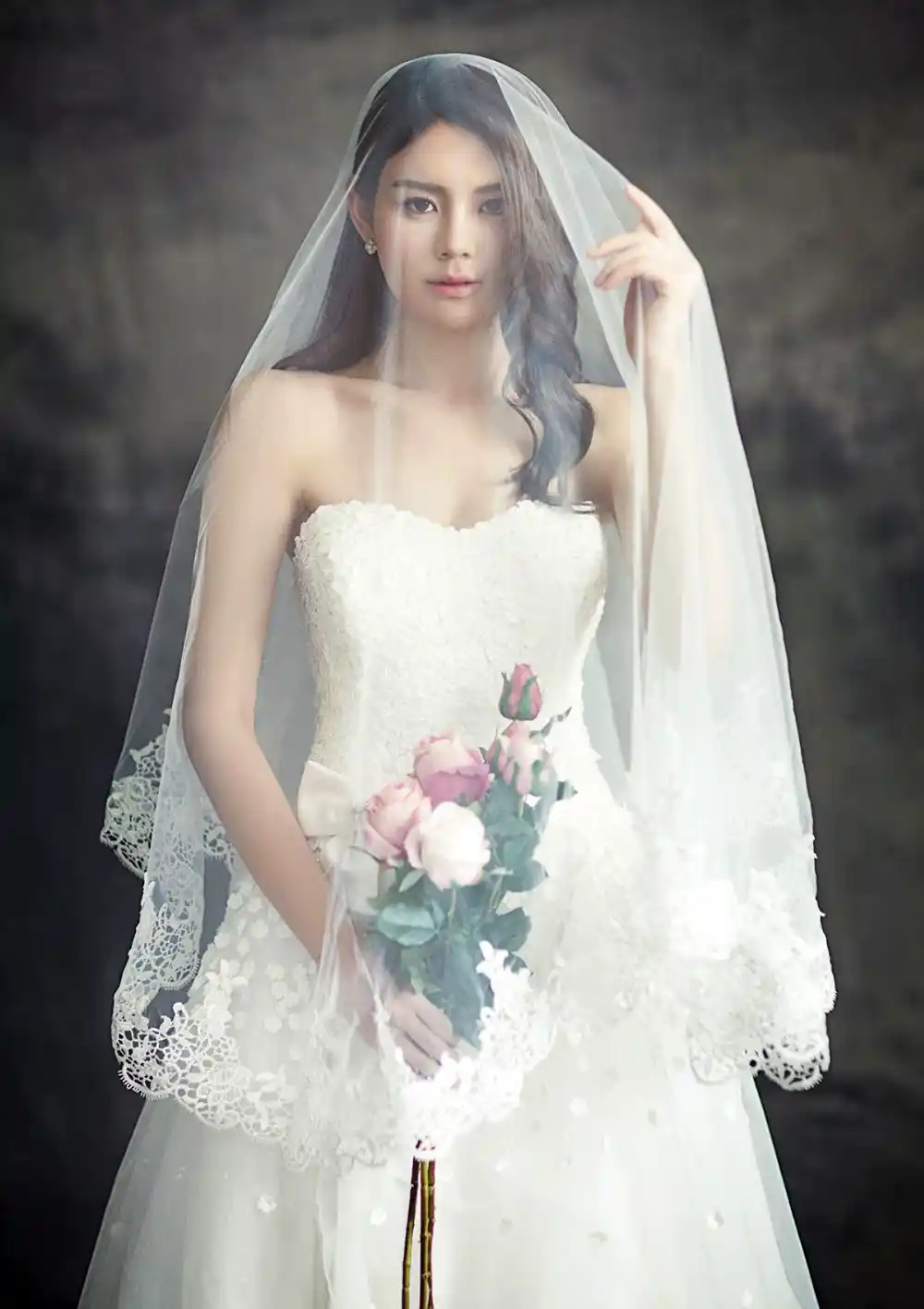
Meaning of the blue color veil
Have you ever seen a woman wearing a blue veil at mass? The color blue may intrigue you as it represents devotion to Mary. Mary holds special significance in the Catholic faith and is often depicted in blue.
When you think of it, Mary serves as the perfect role model. She showed great humility, purity, and strength as the Mother of God. Some women want to honor Mary’s virtues by wearing a blue veil and asking for her guidance. Just as blue was Mary’s color, it now connects them to her.
There’s also more to blue than just Mary. It stands for peace and serenity. So when a stressful week has you feeling rocky, that blue veil could lift your spirit.
Its calming hue offers a reminder to let go of worries and find solace in prayer. Blue also evokes thoughts of the sky and heaven. Perhaps the veil acts as a hope-filled vision of what’s to come.
Whether focused on Mary, peace, or paradise, you can gain a new perspective each time you notice a blue veil’s beautiful shade. Its deeper symbolism enhances the meaning of mass instead of just blending in.
Each color chosen expresses something personal yet connects the woman to beloved figures. Perhaps learning their significance will leave you feeling curiously enriched too!
The next time you spot a parishioner in a blue veil, remember how its color represents devotion, hope, and virtue. Appearances contain surprise layers worth exploring.
Meaning of the green color veil
Wondered about the green veils you see sometimes in church? As the color of growth and renewal, green represents an important season – Ordinary Time.
We all need breaks from busy seasons to rest and recharge. Ordinary Time offers just that between major celebrations. A green veil shows the wearer welcoming this season to replenish their spirit. It’s like a reminder to stay hopeful even in everyday moments.
Hope plays a big role in the Catholic faith. We hope in Christ’s love to guide us and the Spirit’s strength to endure. A green veil uplifts prayers for sustaining faith on life’s journey. Its hue evokes nature’s persistence through any weather.
Green also brings images of lush fertility – the perfect color to request God’s blessings of new beginnings. When you feel stuck or struggling, remembering a green veil’s symbolism might encourage your perseverance. Its wearer urges us all toward lives abundantly lived.
Whether focused on hope, growth, or rest, green veils convey renewal during Ordinary Time. Their calm message can ease your mind as it does the woman’s devotion to daily prayer.
Paying attention to small symbols might enrich your understanding of faith and its seasons. You never know – a green veil could just lift your spirits too!
Meanings of other colors used for catholic veil for mass
Meaning of the red color veil
Have you ever noticed a woman wearing a red veil at mass? While uncommon, its meaning holds significance. Red symbolizes passion, love, and sacrifice in the faith.
Jesus shed his blood and gave his life out of immense love for us. A red veil pays tribute to his sacrifice and the sacrifice of Christian martyrs. It recalls their death yet celebrates how their love triumphed over even that. What powerful symbols of strength and hope to carry in your heart!
Mary also embraced great suffering as Jesus’ mother. Her love remained faithful until the end. Red veils honor her Immaculate Heart and hope in her example of unconditional devotion. How amazing that even in times of difficulty, good can emerge!
Whether focused on Jesus, Mary, or brave saints, a red veil at mass expresses care and support for those who came before us. Though rare to see, its message should surprise and spiritually enrich you. Don’t overlook simple details that could spark new appreciation.
Next time, give a gentle smile of encouragement to the woman in red. See past the color to understand her desire to commemorate those who shed blood out of love for God and others. In doing so, her veil may just ignite your faith anew, too.
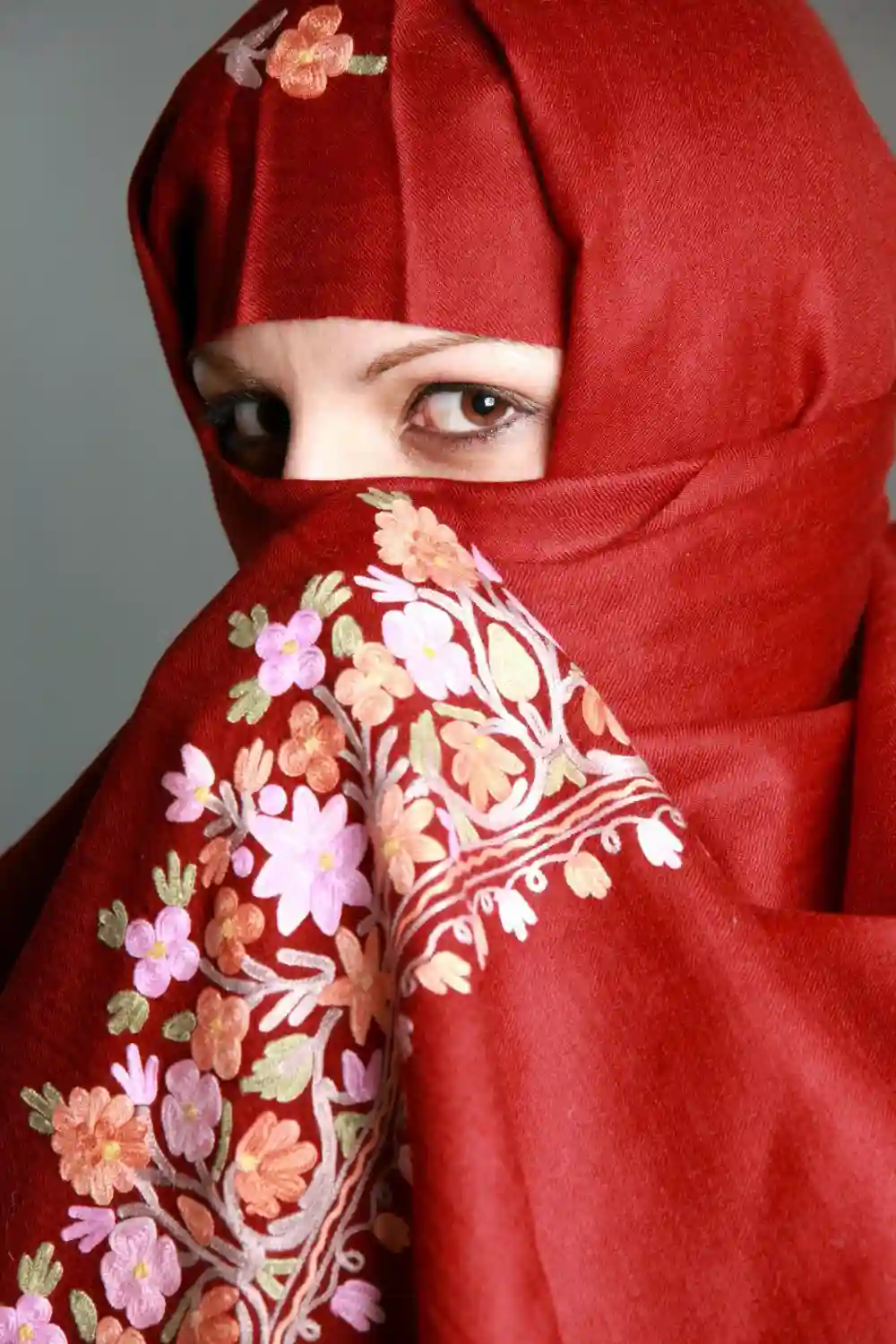
Meaning of the pink color veil
Have you ever noticed a pink veil at church? This delicate hue signifies uplifting hope. While rare, its feminine tint carries special liturgical symbolism.
On two joyful Sundays marked out from Advent and Lent, priests don rose vestments, bringing glimpses of warmth. These Sundays assure us Christmas and Easter draw ever closer. A pink veil simply revels in this cheery message.
Its rosy shade evokes sensitive emotions. Love radiates from a compassionate God who welcomes us with open arms. Uncertainty and struggle will not last; divine love prevails. When fears assail you, let a pink veil’s gentle reminder give comfort.
Of course, some women also choose pink for its lovely association with femininity. Expressing faith and feeling beautiful need not clash. A veil allows both inward and outward focus on God’s beauty within us all.
Whether spotlighting a celebratory season or accenting natural charms, a pink veil uplifts something beyond its wearer. Its pastel notes carry good news. Though rare, let it brighten your heart’s longing for intimate love and hope too precious to miss.
The next time you spot pink, receive its encouraging quietude. Subtle details often pack profound wisdom for daily living.
Meaning of the gold color veil
Have you seen the dazzling sparkle of a gold veil at mass? Its radiant hue holds significance, befitting royalty. Gold represents the majestic glory of God.
The veil echoes with jubilation when donned at celebratory church seasons such as Christmas or Easter. It amplifies festive joy for Christ’s blessings in human flesh. What splendor to honor salvation’s mighty King!
Gold’s luster also points higher as the color of sanctified vessels contacting holy sacraments. Just as it gilds chalices and plates, a golden veil frames one’s entire focus dotingly toward heavenly nourishment. Its brilliance humbles all who feast at God’s table through reverence,
Some wear gold, asking for divine favor. Prosperity stems from faith, not material things alone. By envisaging radiant crowns, they petition strength on darker days. Mary’s glistening garlands head the beloved prayer.
So if you chance upon glittering gold, take awe in what it represents – majestic God who lights our path. Let rays of hope outshine any trial! Though puzzling to casual eyes, its meaning sears faithful souls with sustained grace glimpsed daily through detailed devotion.
A veil’s splendid wealth points ever higher. Consider finding similar comforts when your spirit craves encouragement’s glow.
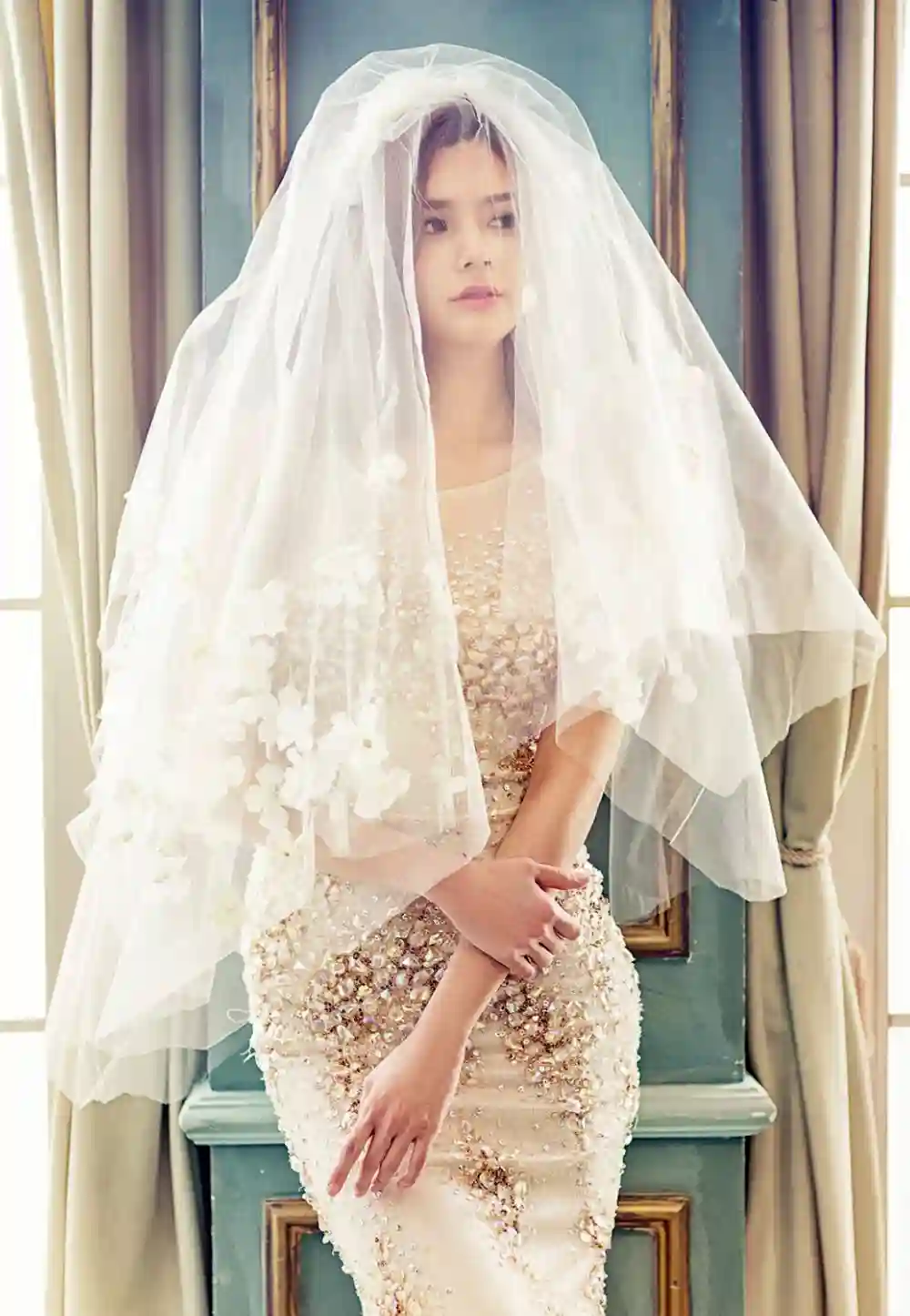
Meaning of the silver color veil
Have you seen a woman wearing a silver veil at church? Its subtle shade holds meaningful symbolism worth pondering.
Silver represents purity and clarity of spirit. Wearing a silver veil helps the woman reflect inward to prepare her soul for holy mass. Its gleam reminds us to reflect on God’s qualities daily through compassionate living and wise choices.
Some choose silver to honor Mary, the radiant virgin mother crowned in celestial silver. Her loving example lifts our lives to new understanding and unity. Looking to Mary connects one faint heart to another in the sisterhood of faith.
Then there’s silver’s mystical side. As the moon shimmers and changes each night, it hints at feminine mysteries beyond knowing. A silver veil shows respect for spiritual realms beyond our sight, too. Isn’t it comforting to feel part of something so much greater?
Whether focused on purity, Mary, or life’s magic, a silver veil quietly guides one’s thoughts heavenward. Its pale protection ministering inward strength seems a gift to notice with appreciation. You never know – its subtle sparkle may just impart hope where darkness lingered before.
Meaning of the brown color veil
Have you noticed a brown veil at church and wondered about its earthy symbolism? This understated hue represents qualities to ponder.
Brown epitomizes simplicity and humility – perfect for Advent, a season of waiting expectantly without showiness. A brown veil cultivates an attitude of inward focus rather than outward concern. Its wearer humbly prepares her heart.
Nature, too, finds resonance within this subtle shade. Created works shout God’s brilliance, from tiny bugs to towering trees. A brown veil honors life bursting forth from humble soil each spring. It reminds us that even bare branches hold the promise of renewal to come.
Some wear brown, honoring St. Francis, whose order embraced voluntary poverty. Or perhaps the veil recalls Mary’s always accepting, as artists often dressed her simply in brown. Her example strengthens anyone feeling insignificant.
So next time brown catches your eye, appreciate its deep reflections on virtues like patience, gratitude, and care for God’s green earth. Though plain at first glance, its message proves far from simple – only awaiting your thoughtful consideration to appreciate fuller meaning within.
Meaning of multicolored veil
Have you seen a veil showing off many bright colors at church? Its kaleidoscope pattern bursts with possibilities to ponder.
A multicolored veil represents unity within the diverse church body. Though individuals vary, together, we form God’s radiant masterpiece. Our differences make his love shine through in new, vibrant ways.
Worn at mass, it brings a celebratory spirit, too. Like a rainbow promising hope after storms, its hues uplift with joy no matter one’s circumstances. Such festive tones signal all are welcome at Christ’s table.
Creativity also finds symbolism in blended shades released. By choosing an eye-catching veil, its wearer shows faith and looks differently for each soul. There’s no single way to worship—God rejoices in our varied talents!
Meanwhile, some see it as shining a message meant especially for them. When life seems unclear, a multicolored veil’s borderless beauty encourages stepping bravely into dazzling new phases.
So next time you’re perplexed by the unordinary, pause to appreciate this uniqueness. Its meaning bubbles over with promise for each person uniquely made in God’s likeness— bright and shining together in fellowship.
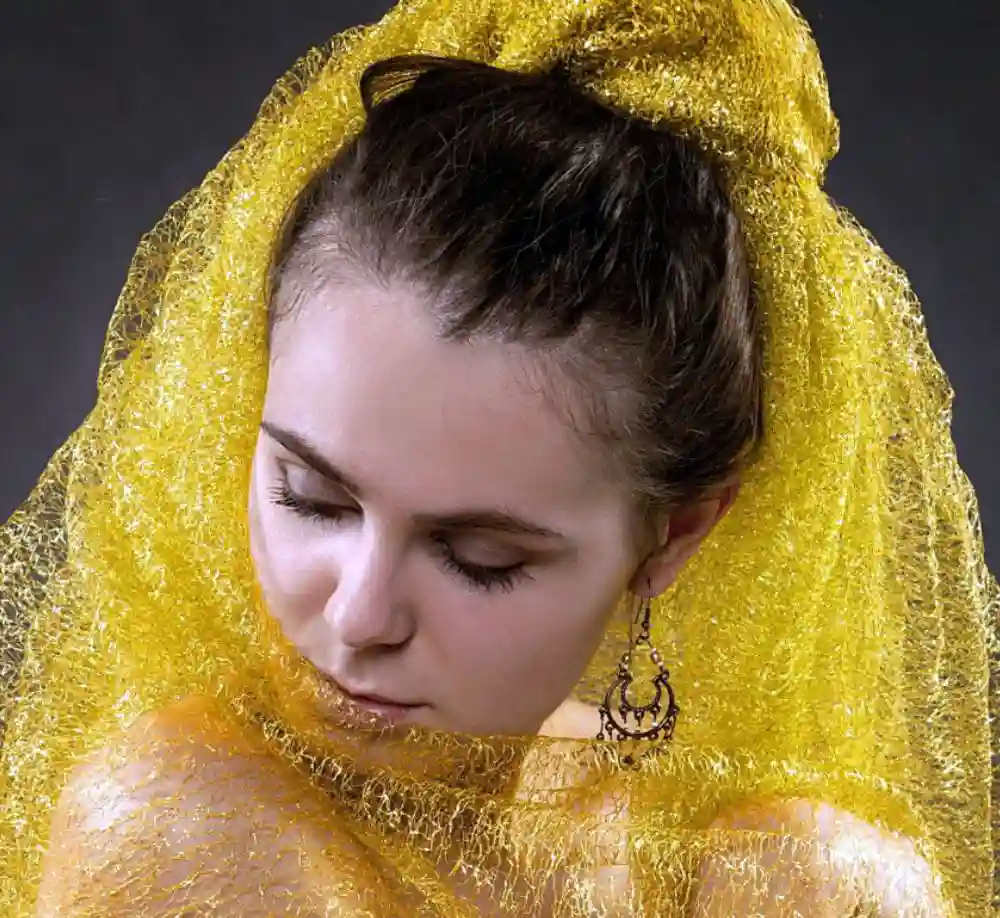
Summary
We have explored the diverse meanings embedded within the colorful veils worn by Catholic women during Mass. From solemn black to joyous gold, each hue conveys symbolic significance relating to faith, virtue, and liturgical seasons.
Black denotes respect and penance. Purple represents preparation and Christ’s sacrifice. Blue connects to Mary’s purity and protection. Green symbolizes hope and renewal. Red recalls love’s cost.
More personal shades also uplift. Pink hopes in God’s compassion. Silver unveils mystery. Brown roots in humility. Gold glorifies divinity. Multicolored embraces diversity within unity.
Whatever one chooses, her veil humbly directs inward focus to mass. This simple act carries her distinct prayers and reminds others through reminders in revelations.
Learning these traditions enlightens our worship with deeper understanding. Subtle faith details that may have seemed meaningless hold wisdom worth seeing beneath the surface.
These femmes fortify righteousness through visible virtue, strengthening our relationships with God and each other along the spiritual journey.
FAQ
What color veil should I wear to Mass?
Consider first the current liturgical season- purple or black for Advent/Lent or white/green for Ordinary Time. Look also to your personal devotion – do you wish to honor God, Mary, or a saint by matching their symbolic colors? Then match your veil to your outfit. Choose whatever makes you feel at ease and reverent before the Lord. Above all, let your heart’s faith be your guide.
What are the colors of the Catholic veiling?
White represents purity and innocence, honoring God or the Virgin Mary. Black symbolizes mourning, modesty, or devotion to Mary. Blue expresses devotion to Mary through its connection to her purity, love, and protection. Purple appears during Advent and Lent as a sign of penitence, prayer, and fasting. Green displays hope, growth, and renewal during Ordinary Time. Additional shades include red for passion, pink for compassion, gold for wisdom, and silver for mystery. Brown signifies simplicity, while multicolored veils celebrate diversity within the faith.
What does the yellow veil mean?
While yellow veils have no established Catholic symbolism, some women prefer this sunny hue and associate it with joy, happiness, and creativity entering mass. As with any veil color, its meaning depends on personal interpretation and comfort. Whether honoring God through a cheerful spirit or simply feeling reverent in one’s choice, a yellow veil can still direct mind and heart to worship if wearing it makes one feel at peace before the Lord.
What is the difference between a veil and a mantilla?
The main difference between a veil and a mantilla is that a veil is a general term used to describe any head covering, while a mantilla specifically refers to a traditional lace veil from Spain. Veils can vary in length, style, and material, being attached to combs or headbands and made of lace or other fabrics. Mantillas are always made of delicate lace and worn draped over the head and shoulders and secured by ornate combs, symbolizing humility and respect within religious ceremonies.
Why do Catholic girls wear veils for First Communion?
Catholic girls commonly don white veils for their First Communion, as this head covering traditionally symbolizes humility, virtue, and reverence for receiving the Eucharist. The white veil and dress denote purity when partaking in this milestone. Historically, veils at religious rituals worldwide uphold humility before God, with Catholic veiling metaphorically portraying the Church’s bond as Christ’s bride. Though optional, many families appreciate veils highlighting First Communion’s sacred nature by visually distinguishing communicants through this heritage custom.


